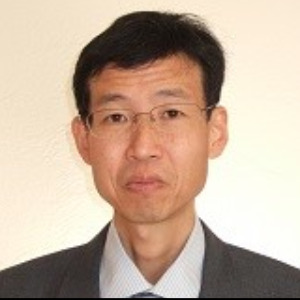Quantum Dots
Quantum dots are nanoscale particles, typically composed of semiconductor materials, that have unique optical and electronic properties that make them useful in a wide range of applications. At the quantum level, these particles exhibit quantum mechanical behavior, including tunneling, wave-particle duality, and the ability to store and transfer energy. This makes them well-suited for use in nanoelectronics, photonics, and optoelectronics applications. Quantum dots have been used in biomedical research for the detection and imaging of biological molecules, as well as in LED displays, solar cells, and photovoltaic cells. In addition to their unique properties, quantum dots offer a number of advantages over traditional semiconductor devices. They can be produced in a wide range of sizes, from a few nanometers up to a few hundred nanometers, allowing for greater design flexibility. They also have a higher absorption efficiency, allowing them to be used in smaller devices with less power. Furthermore, quantum dots have a longer active lifetime than traditional semiconductor materials, making them more reliable and durable. Quantum dots have a wide range of potential applications. In addition to their use in nanoelectronics, photonics, and optoelectronics, they have been used in solar cells, LED displays, and biomedical research. They can also be used to create highly sensitive sensors and detectors, as well as new types of optoelectronic devices. Furthermore, quantum dots can be used to create quantum computers and other quantum information processing devices.

Harry Ruda
University of Toronto, Canada
Raman Singh
Monash University, Australia
Paulo Cesar De Morais
Catholic University of Brasilia, Brazil
Xiao Hong Nancy Xu
Old Dominion University, United States
S V A R Sastry
Harcourt Butler Technical University, India
Vinayak Adimule
Angadi Institute of Technology and Management, India



Title : 40,000 implants in humans and no failure: The impact of nanomedicine
Thomas J Webster, Hebei University of Technology, China
Title : Cellulose-derived biochar modified with iron oxide and ZnO nanoparticles by a novel one-step pyrolytic method for removal of emerging contaminants from water
Rashad Al Gaashani, Hamad Bin Khalifa University, Qatar
Title : Harnessing the unique properties of engineered nanostructures for sensing
Harry Ruda, University of Toronto, Canada
Title : Circumventing challenges in developing CVD graphene on steels for extraordinary and durable corrosion resistance
Raman Singh, Monash University, Australia
Title : Nano DAP augments productivity, phosphorus use efficiency, and profitability of spring wheat in India
Binaya Kumar Parida, Coromandel International Ltd, India
Title : Lipid nanoparticles formulations: From bench scale to industrial scale
Mohammad A Obeid, RAK Medical and Health Sciences University, United Arab Emirates